A Form (generally refered as “Kata” in Karate) is a set of pre-determined sequential movements that the practitioner repeats over and over again either as self-practice or with partner. Most martial art systems have multiple forms with hundreds of complex movements related to a pre-determined pattern of attack and defence or an imaginary fight sequence.
Drawback: In a real self-defence situation there are no set sequences or prescribed manners of attack hence it’s highly unlikely that you’ll be able to respond effectively when attacked.
Wing Chun Forms are small sets or series of intelligently designed motions aimed to develop power, speed and efficiency of movements which can be utilized in multiple combinations when required. These forms train the physical & mental aspects of the practitioner resulting in a focused & calm mind which is greatly required while facing any high pressure life threatening situation. They teach you to respond to the ever changing fluid environment & adapt as per the opponent’s response.
Rather than focusing on any martial aspects or situation, your intention is completely on the present moment and the condition of your body and mind in that moment. An active meditative mind where you learn to deeply relax the muscles and joints of your body to produce effortless power & motion. Wing Chun forms do not require a lot of space i.e. you can practise them anywhere, anytime: in the comfort of your home (when you wake up in the morning to start the day with a relaxed focus), in your lunch break, or even at the office (when you need a quick 10-minute rejuvenation for the body and mind).
There are 6 Forms in Wing Chun: 3 empty hand Forms, 2 weapons Forms and the Wooden Dummy Form:
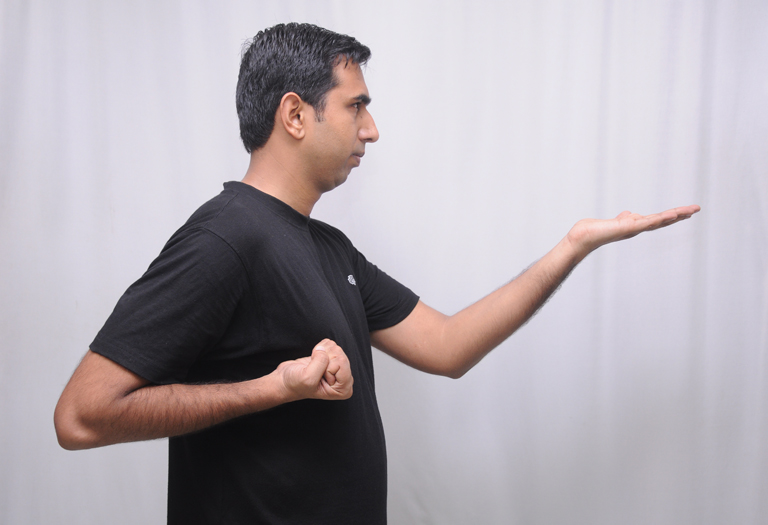
Considered the nucleus of the Wing Chun system, Siu Lim Tao can be considered both the initial as well as the advanced form of Wing Chun. Up to 75% of all Wing Chun moves and principles are ingrained in this stationary form, which consists of 3 sections. Each section further has 3 subsections, each of which encapsulates a core concept of wing Chun philosophy.
Learning the form’s movements is just the start and merely introduces you to the outer crust of the multilayered, complex Wing Chun system. Each movement practiced hundreds of times with relaxed intent and later coupled with chi gong breathing multiplies the potency of the form and contributes to strengthening of your Wing Chun skills.
The so-called ‘Three Terrors of Wing Chun’ – Tan, Bong and Fook sao are introduced in the first section of Siu Lim Tao itself. Along with the form, the IWCA curriculum will make you an expert in the names and the application of each move in both standalone movement and its various chi sao applications.
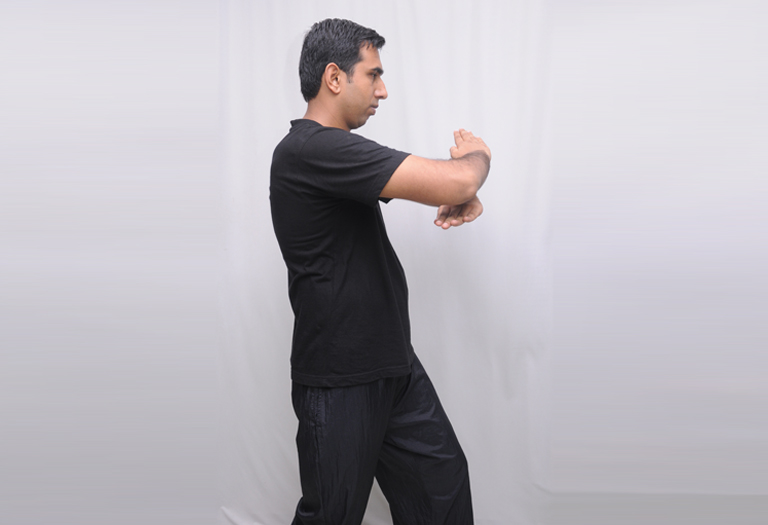
While the first form Siu Lim Tao is based on basic hand structures, Chum Kiu seeks to combine these with effective use of body mass. Chum Kiu means ‘searching the bridge’. In Kung Fu, our two arms are called the bridge – to the opponent – and we use them to search for the opponent’s arms and sense their intent. Chum Kiu is based on the application of body mass to both arms and legs. With a strong Siu Lim Tao foundation, it becomes relatively easy to apply a strong attack force and structure in combination with Chum Kiu skills.
The goal of Chum Kiu is to teach you to use your entire body mass to contact and overwhelm the opponent by efficient body mass transfer at the points of contact of arms and legs. The second goal of Chum Kiu is to learn to apply bidirectional forces. Once you understand the sophisticated theories behind Chum Kiu and practice it well, you will automatically learn how to apply your entire body mass during combat.
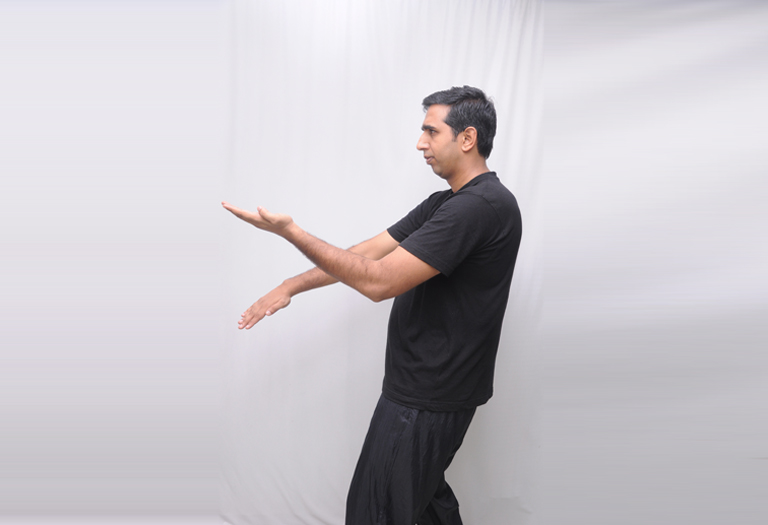
The third form of Wing Chun Kung Fu, Biu Gee, specializes in transferring body mass to darting or thrusting fingers. It teaches you how to generate power via full extension of the arms to destroy your opponent’s defenses. Biu Gee’s intent is to attack and destroy by combining Siu Lim Tao structure and Chum Kiu body mass power with speed and relies on their solid foundations. This is a difficult form to master, but extensive previous practice in Siu Lim Tao and Chum Kiu will help you acquire the ‘explosive power’ of Biu Gee.
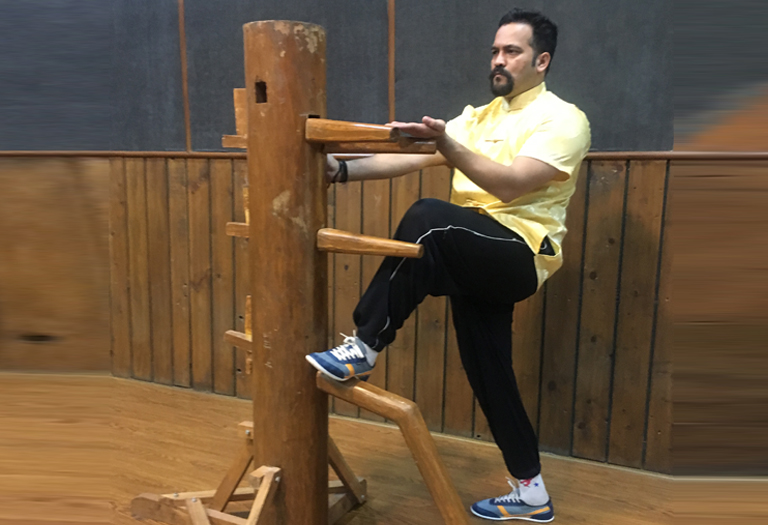
The wooden dummy is a man-sized post with three arms and one leg set at strategic angles. Training on the Mook Yan Jong develops the ability to release one’s power smoothly into a stationary object. The wooden dummy form is derived from Siu Lim Tao, Chum Kiu and some Biu Gee.
It is not always possible to practice 100% correct Wing Chun movement with a partner. It is much easier to do so with the wooden dummy, while also generating and releasing strong power. There are many versions of the wooden dummy form. The Wong Shun Leung version has around 147 moves and the Chu Shong Tin version has 108 moves while the Leung Ting version has 116 movements. Clearly, the exact number of moves is not as important as the principles and applications of the wooden dummy forms.
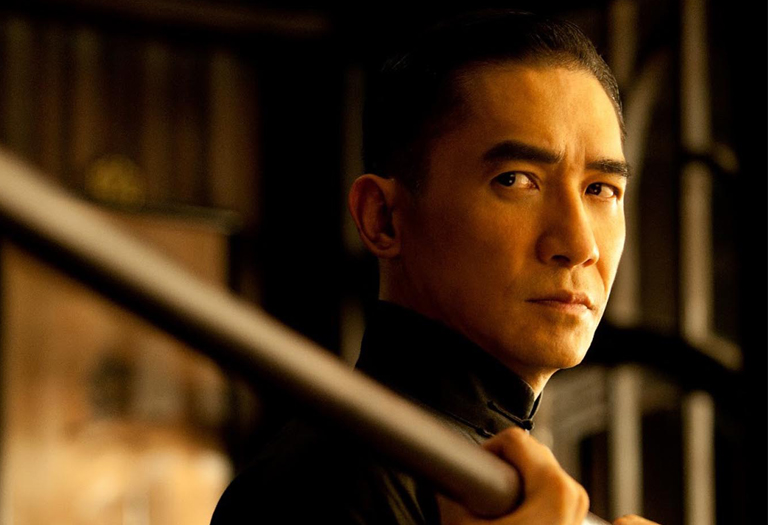
The first of the Weapon Sets, Luk Dim Boon Kwun literally translates as Six-and-a-half-point-long Pole. This form is believed to have been introduced around the time of the Red Boat Opera. It is a short form with basic parries and attacks; there are only six and half techniques, hence the name. Practicing the pole form correctly will develop great strength in the wrists and stance. It is possible to practice sticking pole techniques with a partner; the idea is to stick to the end of the partner’s pole maintaining a strong position and range until a strike becomes available. This skill is not unlike fencing. Along with dramatically improving wrist strength and stance, Wing Chun long pole practice also teaches new concepts of footwork and positioning.
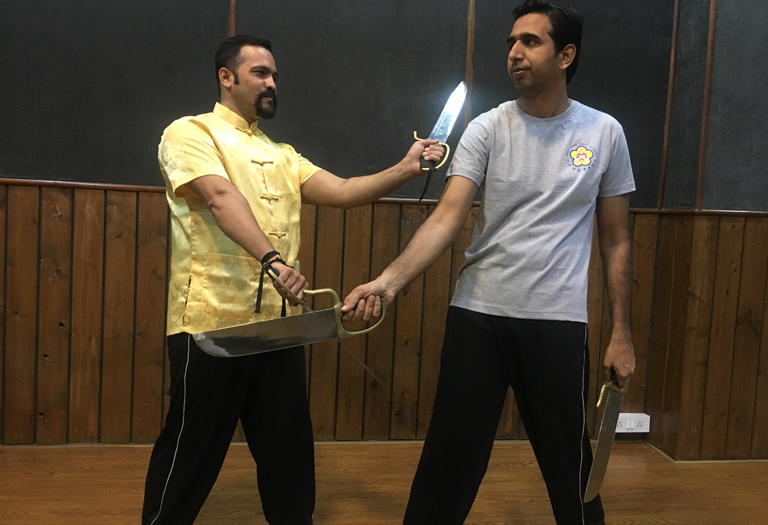
The second weapon set, Bart Cham Dao (Eight Slashing Knives), clearly dates to a time when Kung Fu skills were a matter of life and death. Despite popular belief, open hand fighting is practically useless against a skilled, armed warrior. The Bart Cham Dao is also known as the Butterfly Knives Form because of the appearance of the blades when crossed. The form is in eight sections demonstrating various defensive and attacking maneuvers. The eight sections teach Wing Chun practitioners to tackle eight different types of weapons. The knives are used as an extension of the hands, so that many common Wing Chun techniques are performed with knives. The aim is to attack the opponent’s weapons hand first. The prong on the guard can be used to trap a weapon.